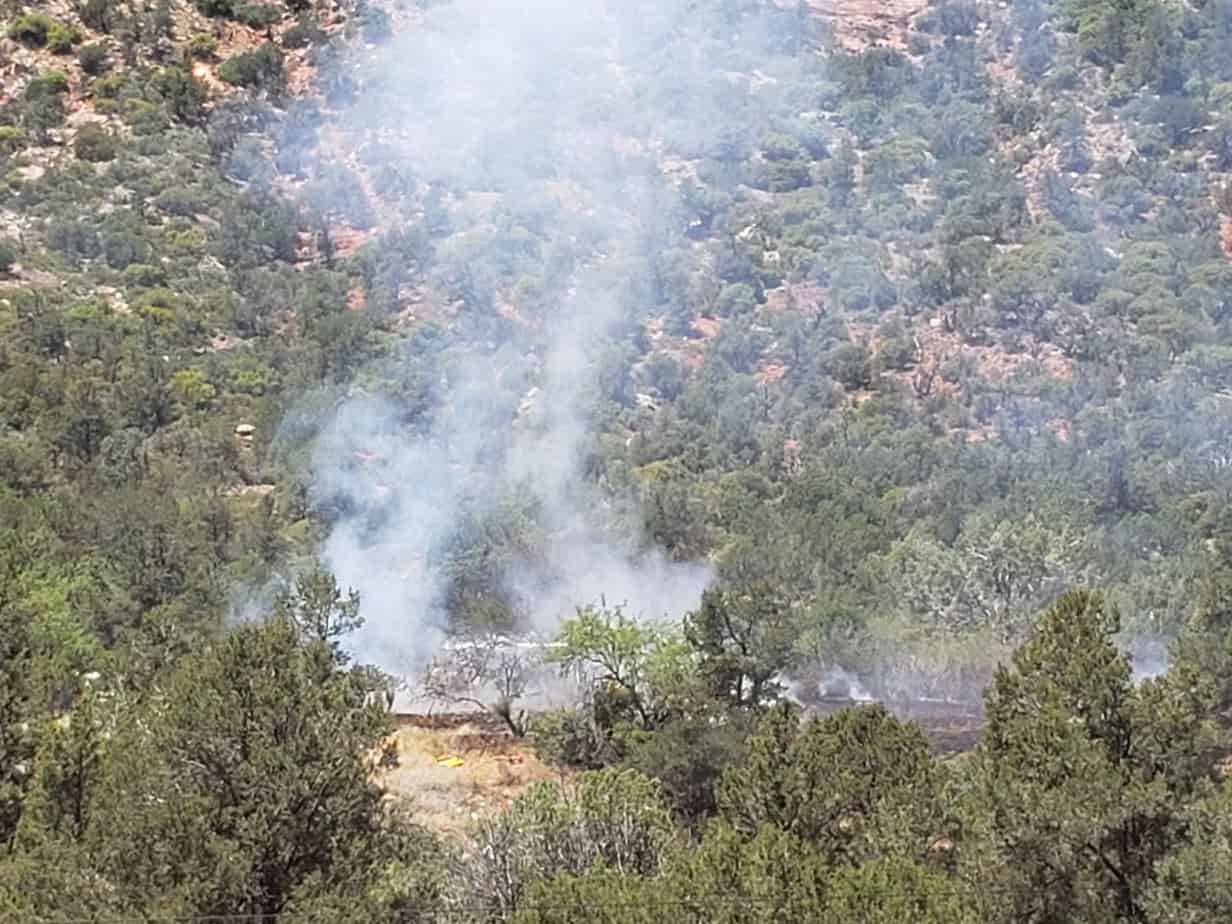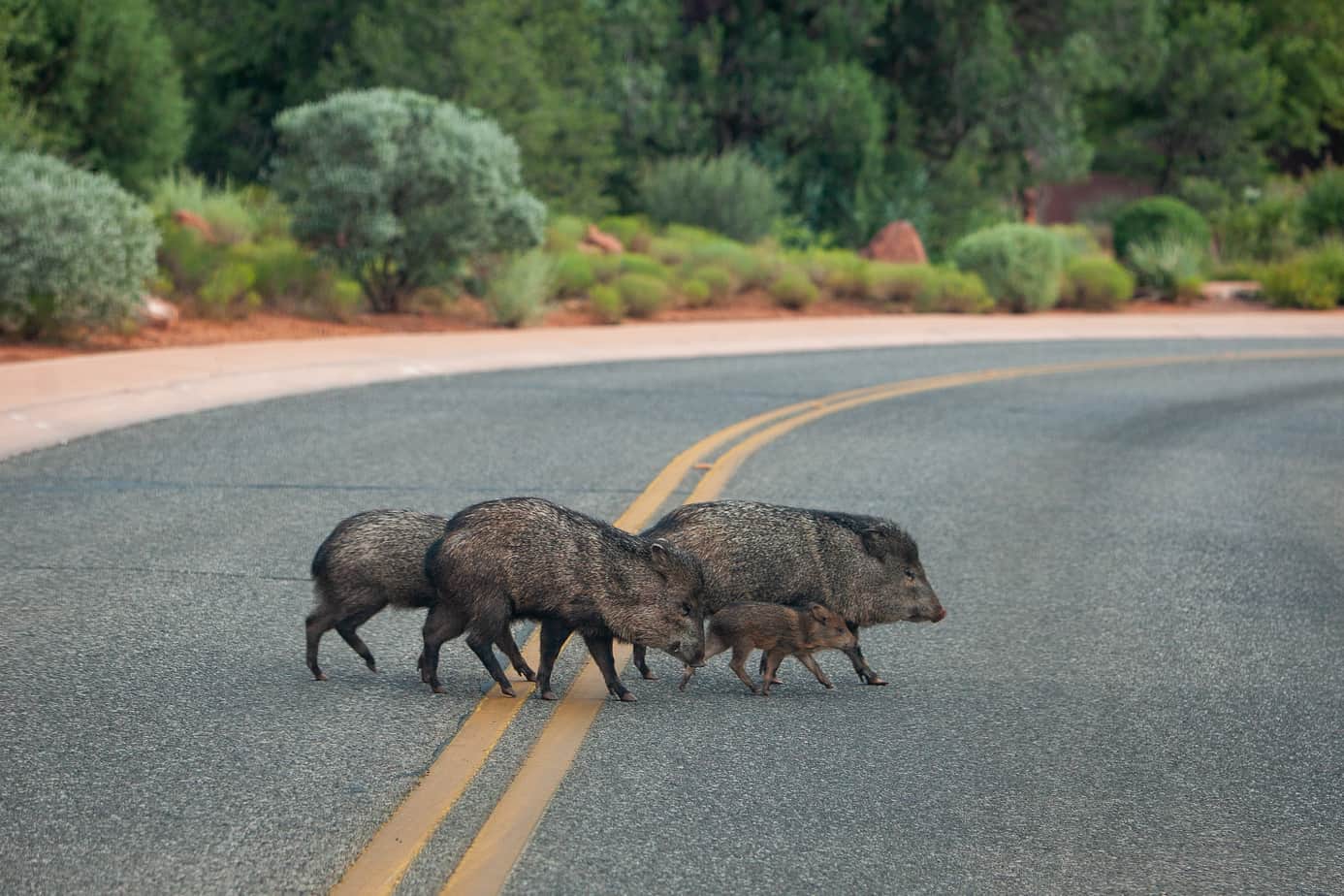The recent decision by the U.S. Forest Service to deny access to the eastern slopes of Mingus Mountain deprives law-abiding taxpayers of access to their federal lands until at least 2021.
According to Debbie Maneely, public affairs officer for the Prescott National Forest, the USFS decided to close to forest to camping after encountering high levels of trash on forest land.
USFS is effectively denying all of us access to our taxpayer-owned public lands due to a few bad actors. The two-year camping ban is classified as “temporary” but that term is questionable. “Temporary” is days, weeks or a season, not the entire length of a Congress member’s term or a prison sentence for a class 6 felony.
It’s also up in the air of whether this “temporary” ban will be rescinded in 2021 or if the USFS will extend it for some other reason when the deadline nears, turning “temporary” into “indefinite.”
The more logical and cost-effective solution would be to keep the lands open and patrol them more or rely on volunteers to check on campers and camp sites. If they find a site that may be violating the law with refuse disposal, fire bans or other restrictions, they can call USFS law enforcement officials to cite and possibly remove the offenders.
By banning camping, the Prescott National Forest isn’t solving any systemic problems. Campers, both legal and illegal, will simply cross State Route 260 or head up State Route 89A and camp in the Coconino National Forest. This will likely increase pressure on the Coconino forest until those forest managers also decide, due to the influx of all those new campers, to impose restrictions.
We understand that temporary closures are sometimes necessary, such as sometimes closing Fossil Creek. The route is narrow from both the Camp Verde and Pine-Strawberry sides, the road is not in the best condition for emergency vehicles, in addition to the scores of tourists coming to the area for recreation who have to maneuver out of the way for an ambulance to get by, and the area is fragile environmentally, still recovering from the closure of the old dams upstream.
But the eastern slopes of Mingus Mountain are not. The area is relatively level as it rolls upward to the mountain range, there are dozens of ingress and egress points, vehicles have plenty of room to get off the roadway to let ambulances pass to respond to medical emergencies or fire trucks pass should they be heading to wildland fire.
According to the report “The Rising Cost of Fire Operations: Effects on the Forest Service’s NonFire Work,” publishing in 2015, 16% of the U.S. Forest Service budget was spent on firefighting operations in 1995. By 2015, firefighting operations were 52% of the budget. The USFS estimates that by 2025, more than 66% will be spent on firefighting.
While part of these firefighting efforts are due to increased use by the public, the real shift is due to rolling drought throughout the West, a possible effect of climate change, increasing summer temperatures while also disrupting rain and snowfall trends in the winter creating some years of heavy growth due to massive rain and snowmelt followed by years of limited rains drying fire fuels.
The USFS budget has grown since 1995, but not in a proportional amount needed to maintaining normal forest ranger activities in addition to fighting fires. Congress needs to appropriate more funds for the USFS explicitly to fight blazes — lest the agency become a mere wildland firefighting agency — or break off the firefighting arm of the USFS into its own agency or department so specific funds can go to traditional ranger activities.
That being said, the Prescott National Forest did not cite fire as the root cause for the camping closure, but rather, “The dispersed camping area was overused, over stay-limit issues, trash, illegal activities, property abandonment and resource damage that provided an unpleasant camping and recreation experience for legitimate recreational users.”
We hope the Prescott National Forest will rethink this multi-year closure or enlist the help of volunteers so that our public lands can remain public.
— Christopher Fox Graham
Managing Editor






















